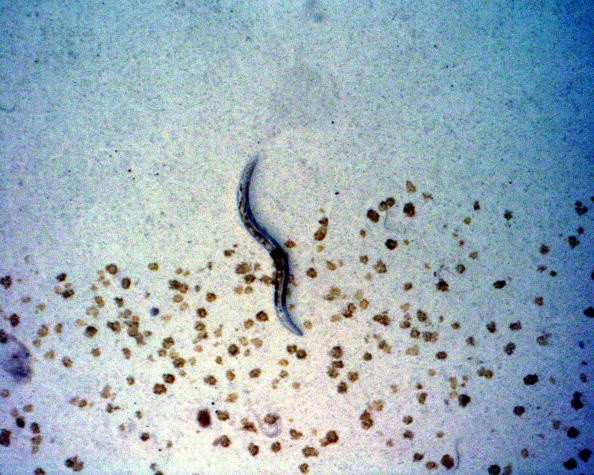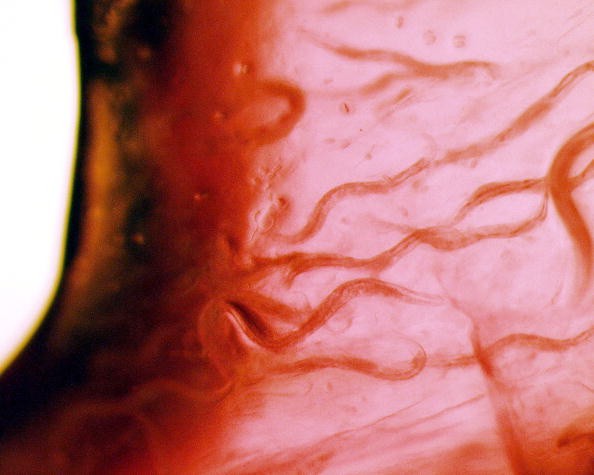In the Kumano Sea, off of Japan's southeast coast, an evolutionary enigma lay in wait. Scientists took samples from the muddy sea floor, including mollusks, hermit crabs, and scraped shells.

Species of Scale Worms
Here, inside and on these shells, they discovered scale worms living mainly in pairs with a striking dissimilarity compared to the nearly 900 already known species of scale worms: one was a quarter of its mate size.
On March 29 the finding was released as the cover of the Journal of Zoological Systematics and Evolutionary Research. Paper author Naoto Jimi, a postdoctoral researcher at the National Institute of Polar Research, Research Organization of Information and Systems said:
"The species is characterized by males being dwarf, with their tiny bodies constantly riding on the dorsal side of females, It is the first occurrence of extreme sexual size dimorphism in scale worms."
Scale worms are seen in every ocean, from low tidal regions to deep seas. They are identified by the scale-like structures on their backs, and almost half of them are symbiotic, relying on a host organism to survive.
They were named after a Japanese fairy tale character, Issun Boushi - only three centimeters tall, the scale worm that was recently discovered is the first demonstrating male dwarfism.
Extreme Sexual Size Dimorphism
Jimi said extreme sexual size dimorphism is one of the most striking occurrences in evolutionary biology, while the origin has been well conversed about and some causes have been suggested, the evolutionary history stays unclear. The researchers carried out extensive observations, and also morphological and genetic analyses.
They discovered that the scale worms always inhabited shells, occupied or not, and males were never seen without a female counterpart, but females that are single were sometimes found.
In over 200 sea collections, they never discovered this scale worm species living in the absence of a shell. However, their ancestral analysis showed that the species possibly descended from free-living organism.
"Our data strongly propose that, based on the behavioral and ecological characteristics, the development of male dwarfism in E. issunboushi is more possibly associated with their symbiotic lifestyle inside gastropod shells inhabited by a hermit crab," Jimi said, being mindful that other symbiotic species inhabit similar habitat but have not evolved male dwarfism.

National Institute of Polar Research (NIPR)
Jimi added that the unique ecological and environmental traits may have caused the development of the dwarf male, but this requires to be tested based on more cases in the future.
The NIPR takes part in comprehensive research through observation stations in Antarctica and Arctic.
As part of the Research Organization of Information and Systems (ROIS), the NIPR supplies researchers all over Japan with infrastructure support for Arctic and Antarctic observations, ideas and implements Japan's Antarctic observation projects, and carries out Arctic researches of different scientific fields like the atmosphere, the ecosystem, the ice sheets, the aurora, upper atmosphere, and the Earth's magnetic field.
Related Article : 400 Million-Year-Old Marine Worm with Terrifying Snapping Jaws Found in Canadian Museum
For more news, updates about marine scale worms and similar topics don't forget to follow Nature World News!
© 2025 NatureWorldNews.com All rights reserved. Do not reproduce without permission.





